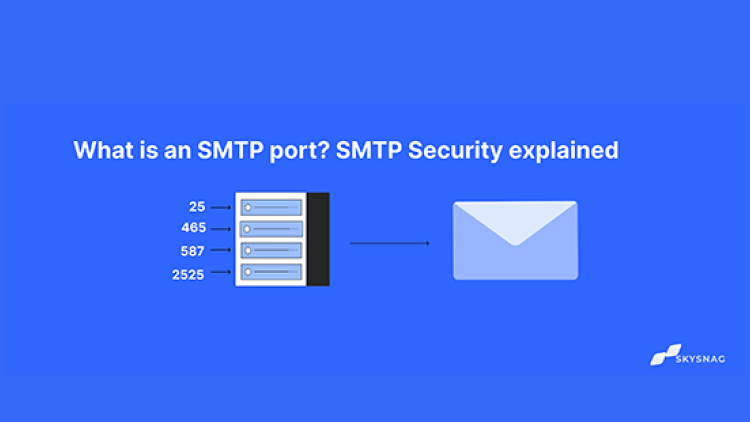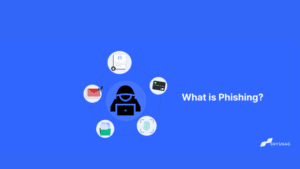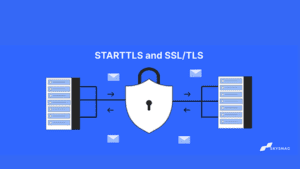What is an SMTP port? SMTP Security explained

Are you currently configuring an SMTP service and have just come across a port field that you are unsure of how to fill out?
We’re here to help. In this article, we’ll take a deep dive into SMTP port and Why should you care about SSL or TLS? Let’s start with a few definitions first.
What is SMTP?
SMTP, which stands for Simple Mail Transfer Protocol, is an email protocol for sending email messages from one email account to another via the internet.
What is an SMTP port?
An SMTP port is a combination of both of these functions: a port created to deliver emails through a network and to their recipients.
Which Port Does SMTP Use?
SMTPS traffic typically use ports 587 and 465. STARTTLS uses port 587 to encrypt SMTP messages, enabling secure communications by instructing the mail server to strengthen the connection with TLS.
Secure mail service communications facilitate by using port 465. The Internet Engineering Task Force, or IETF, advises against utilizing STARTTLS on port 587 in favor of this.
In addition, port 2525 is occasionally employed. Some residential ISPs block port 25 to prevent users from operating their own mail servers. Enthusiasts and small home companies use port 2525 to combat this.
Why should you care about SSL or TLS?
SMTPS, on the other hand, uses asymmetric cryptography to secure email exchanges using either TLS or SSL. The key conclusion is that SMTPS employs TLS for email to ensure a secure connection, whereas SMTP is vulnerable to assaults.
Because TLS is more recent and provides more comprehensive security features than SSL, it is the encryption technique of choice.
To secure the integrity of email messages, it’s also a good idea to integrate email authentication with TLS-based email encryption.
What Is the Difference Between SMTPS and SMTP?
SMTPS (secure SMTP) uses additional SSL or TLS cryptographic protocol in addition to plain SMTP for greater security.
Since the SMTP protocol does not by default provide encryption, emails can be sent using it with no security at all. Therefore, emails transmitted via plain SMTP are susceptible to man-in-the-middle attacks and malicious parties listening in on mail as it is being sent.

You can use TLS or SSL in conjunction with SMTPS to encrypt email connections. The most crucial lesson learned is that SMTP is attackable but SMTPS, as demonstrated above Skysnag employs TLS to encrypt email connections.
Conclusion
Skysnag’s automated DMARC solution strengthens protection against direct domain phishing attacks by confirming that an email message came from the domain it claims to have come from while ensuring spoofed messages never reach their intended destination.
Implement strict DMARC enforcement for efficient phishing attack defense by clicking on this link for a free trial.
Create a Skysnag account to generate your DMARC record.





